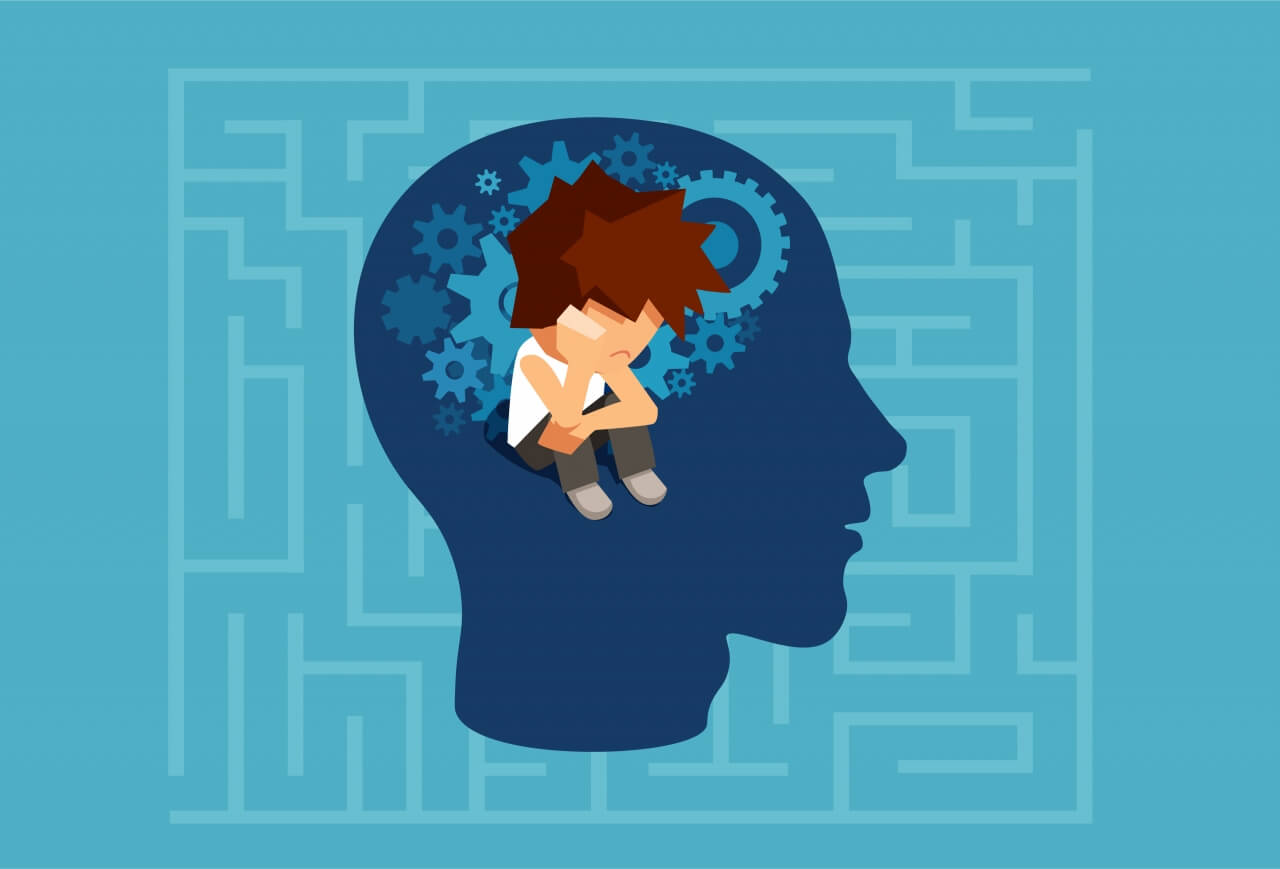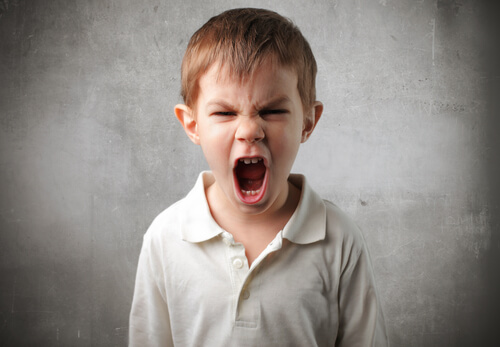How Biology affects our Children's Sleeping Habits

Have you ever wondered why your adolescent son or daughter is always staying up late? Or why they have such difficulty getting up in the morning on a school day?
The answer lies in their biology.
Humans have biological clocks that control different functions in the body, including our sleeping patterns (Roenneberg et al. 2003). Our sleep-wake habits typically follow a 24-hour cycle, and our brains and bodies are smart enough to let us know when it is time to be alert and awake, and when it is time to snuggle into bed and go to sleep. Anyone who tried to stay up and watch the recent FIFA World Cup at 1am can attest to this.
But not everyone’s biological clock is the same.
MORNING LARK OR NIGHT OWL?
According to sleep research, the timing of when people prefer to wake up or go to sleep vary according to their ‘chronotype’ (Adan et al., 2012). You can be categorised as a morningness type (a ‘lark’), an eveningness type (a ‘night owl’), or an intermediate type.
Do you have a family member who exercises regularly at the crack of dawn? They probably have a morningness chronotype; they are more active early in the day and less so at night. On the other hand, if you know someone who stays up well past everyone’s bedtime, it’s likely they have an eveningness chronotype. There’s also the intermediate type who prefers neither the morning or the evening.
MORNINGNESS VS. EVENINGNESS
Is it better to be a morning person or an evening person? The jury’s still out, but it is suspected that the early bird catches the worm. Evening types are somewhat more likely to have depressive symptoms than the morning types (Au & Reece, 2017). One theory is that evening types are more likely to have sleep disorders such as insomnia, which may be a risk factor for depression (Monteleone & Maj, 2008). Another hypothesis proposes that society’s school and work schedules, which typically start early in the day, are ill-suited for evening types and this affects their physical and psychological well-being (Wittmann et al., 2006).
But you don’t have to be concerned if your child’s sleeping habits fit the profile of an evening type. The association between the eveningness trait and depressive symptoms remains small. In fact, you may just be observing the developmental shift towards an evening type that occurs during adolescence. Chronotypes can change across an individual’s lifespan. For example, toddlers and younger children show a preference for the morning (Wickersham, 2006), while teenagers and young adults prefer the night time (Díaz-Morales & Guiterrez-Sorroche, 2008). It has been suggested that this trend is related to societal expectations (Gaina et al., 2006) or biological changes associated with puberty (Carskadon et al., 1993).
So that explains the why. But what can we do about improving our children’s sleep?
The following tips are some recommendations for practising good sleep hygiene. Regardless of what time your children go to bed, these changes will hopefully increase the quantity and quality of their sleep.
As a parent, it may even help to set an example and practise these habits yourself!
FOUR TIPS FOR IMPROVING YOUR CHILDREN’S SLEEP:
1. If they require a nap, make it a short one.
Sure, napping can reduce sleepiness and fatigue, and improve mood and cognitive performance (Milner & Cote, 2009). But a 10 to 20-minute nap is ideal, as longer naps can lead to sleep inertia or grogginess.
2. Avoid caffeinated drinks at night.
Caffeine has a stimulating effect on our bodies and our brains, but just how long does the effect last? A study has shown that for some individuals, caffeine is still present 6 hours after consumption (Drake et al., 2013). To limit the impact of caffeine on night-time sleep, it is recommended that teenagers (and adults) only take caffeine in the morning or the afternoon.
3. Only use the bed for sleeping.
For children who have constant difficulties falling asleep, the bed itself can over time be strongly associated with wakefulness and negative feelings such as anxiety or frustration.
To undo this association, they need to re-establish the bed as a place solely for sleep, and weaken the association between the bed and other activities that keep them awake. This means no eating, reading or watching TV in bed. If they are unable to fall asleep within 20-30 minutes of going to bed, it is also recommended that they get up and try again when they are sleepy.
4. No use of electronics before bedtime.
The use of electronic media such as computers, cell phones or video games in the hour before bedtime is associated with poorer sleep outcomes, for example, a study involving adolescents found that they took longer to fall asleep (Pieters et al., 2014). Suggest to them to read a book or listen to a podcast for a less stimulating activity before bedtime.
For more information on sleep and other tips for promoting a good sleep routine, please visit the following link: https://www.sahealth.sa.gov.au/wps/wcm/connect/da8f7a004033fcc699a4bbd30eb2c8cd/5+-+Sleep+facts+and+hygiene+2017.pdf?MOD=AJPERES&CACHEID=ROOTWORKSPACE-da8f7a004033fcc699a4bbd30eb2c8cd-mbcjswH
Written by: Jacky Au, psychologist at ACPC
References
Adan, A., Archer, S.N., Hidalgo, M.P., Di Milia, L., Natale, V., Randler, C., 2012. Circadian typology: a comprehensive review. Chronobiol. Int. 29, 1153-1175.
Carskadon, M. A., Vieira, C., & Acebo, C. (1993). Association between puberty and delayed phase preference. Sleep,16(3), 258-262.
Díaz-Morales, J. F., & Sorroche, M. G. (2008). Morningness-eveningness in adolescents. The Spanish Journal of Psychology, 11(1), 201-206.
Drake, C., Roehrs, T., Shambroom, J., & Roth, T. (2013). Caffeine effects on sleep taken 0, 3, or 6 hours before going to bed. Journal of Clinical Sleep Medicine, 9(11), 1195-1200.
Gaina, A., Sekine, M., Kanayama, H., Takashi, Y., Hu, L., Sengoku, K., & Kagamimori, S. (2006). Morning‐evening preference: Sleep pattern spectrum and lifestyle habits among Japanese junior high school pupils. Chronobiology International, 23(3), 607-621.
Milner, C. E., & Cote, K. A. (2009). Benefits of napping in healthy adults: impact of nap length, time of day, age, and experience with napping. Journal of Sleep Research, 18(2), 272-281.
Monteleone, P., & Maj, M. (2008). The circadian basis of mood disorders: Recent developments and treatment implications. European Neuropsychopharmacology, 18(10), 701-711.
Pieters, D., De Valck, E., Vandekerckhove, M., Pirrera, S., Wuyts, J., Exadaktylos, V., ... & Cluydts, R. (2014). Effects of pre-sleep media use on sleep/wake patterns and daytime functioning among adolescents: the moderating role of parental control. Behavioral Sleep Medicine, 12(6), 427-443.
Roenneberg, T., Wirz-Justice, A., & Merrow, M. (2003). Life between clocks: Daily temporal patterns of human chronotypes. Journal of Biological Rhythms, 18(1), 80-90.
Wickersham L. (2006). Time-of-day preference for preschool aged children. Chrestomathy: Annual Review of Undergraduate Research, 5, 259–268.
Wittmann, M., Dinich, J., Merrow, M., Roenneberg, T., 2006. Social jetlag: misalignment of biological and social time. Chronobiol. Int. 23, 497-509.



